A lot of debates about mobile photography are still ongoing. Recently I read an article written by an Italian journalist, Roberto Cotroneo, who defines himself as an intellectual, writer and poet. In this article he nostalgically (and also pathetically) criticizes the alleged poor quality of the new mobile means and softwares.Naturally he refers to smartphones and famous photo-filter apps like Instagram or Hipstamatic which, according to him, are producing horrible images. He complains that those photos are over-saturated, excessively contrasted and barely impossible to print due to their poor technical quality.
Against these “ugly” images he sets the work and mindset of famous photographers like Henri Cartier Bresson.
For those of you who are able to understand the Italian language, the article is published here.
To me his statement makes absolutely no sense. His mistake is quite obvious: he tries to match professional photography, the one made by image-educated artists, against amateur photography made by people who only collect some life memories with absolutely no intention of creating masterpieces.
As I already stated in a precedent thought, the key is not the means but who uses it. I’m a strong believer of the fact that a smartphone put into the hands of Henri Cartier Bresson would have produced great images. The history has many examples of photographers who used poor quality cameras, exaggerated contrasts, over-saturated colors and other weird techniques. Julia Margaret Cameron, to name one from the past, who created her wonderful out-of-focus portraits by means of a low-quality camera. Or Daido Moriyama, a Japanese contemporary photographer who uses a cheap compact film camera and exaggerates rawness and contrast to depict his great imaginery. They evidently made a thoughtful decision on a specific “language”, the one that best fitted their way to see and tell things.
The problem, if we can call it so, is that the digital mobile era has made it possible for a large number of “uneducated” people to show their images to a vast public, thanks to the Web 2.0. In the past, these photos were relegated to family albums, been shown only to a narrow circle of friends and relatives. Moreover, it was the lab operator, again an image-educated person, who set the colors and contrast and produced the final image. Nowadays this so called “post-production” is made by the very same person who creates the image itself, and everything is put on social networks without any censorship. What we see is the bare humanity exercising the right to communicate free of any intellectual barrier.
And this may also have a fascinating aspect for sociologists and those interested in studying people’s behaviours, not to mention how happy marketing experts are with the big opportunity to analyze that “stream of instinctiveness”.
Of course it would be great if everyone could receive a decent education in image language at primary and secondary schools, just like with spoken and written language. But in the meantime we can’t ask nor expect that every person owning a camera is able to produce critics-proof images, whether he uses a smartphone, a Leica loaded with Tri-X film or a $20K digital back.
So, in order to prove it to myself first, and to the others secondly, I took the decision to experiment with a smartphone and a filter-app by doing some street photography here in Berlin. Of course I don’t claim to be Cartier Bresson at all, but if I will be able to obtain something at least a bit interesting, we could certainly state that he would have created some of his amazing masterpieces even with a smartphone.
I’ll shoot black and white photos by using an iPhone 4s and Hipstamatic. And yes, they will be contrasted and quite raw, cause I like this style for street photography. The series is simply called “Around #Berlin”. On top of this post you’ll find a first bunch of images, I will also keep posting a photo stream on my Instagram and Facebook pages.
What I can say for sure is that I’m not alone: there’re a few professional photographers, much more experienced and famous than me, who already started experimenting with mobile photography in real assignments. And indeed this is only a starting point, my intention is to work on less generic projects in the future, both on reportage and on fine-art field.
Of course I’m open to comments and feedbacks on my thought and on the results of this experiment.
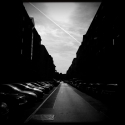
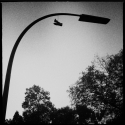
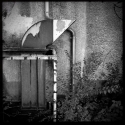
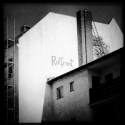
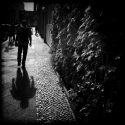




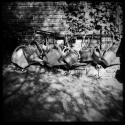
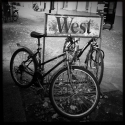
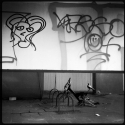

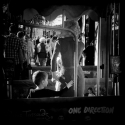
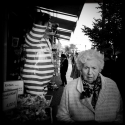
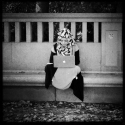
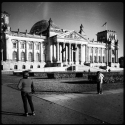
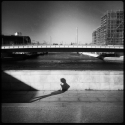
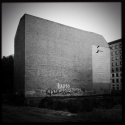
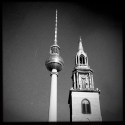
Marco;
I totally agree with you you, but allow others a point of view because I think of people as trees all different all beautiful with different points of view.
Louis,
I agree with you, freedom of thought is fundamental. Nonetheless our contribution to the debate is important. A lot of people in the industry of photography, especially in Italy, are still stuck in the past and refuse to see and understand the evolution of communication languages. I do also instinctively prefer a much “older” style of photography. Man Ray, Rodchenko, László Moholy-Nagy, Mappelthorpe, to name a few, are some of my favorite authors.
But hey, we live in the 21th century! The show must go on, and we must go on with it!